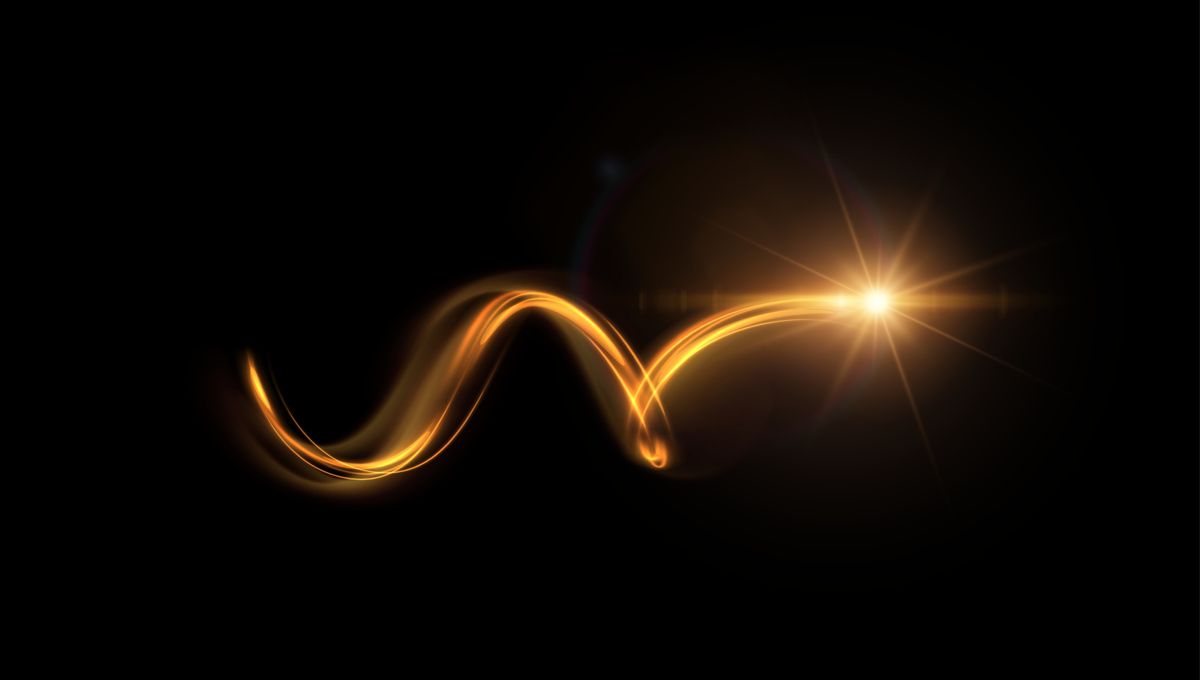
Since the 18th century, we’ve known that there are special points around two massive bodies in space as long as one orbits the other. There are places that move with the smaller orbiting object, never changing distance from it; they are great places to park spacecraft and telescopes. And it turns out, you can copy this setup and even trap light with it.
The setup involves the Lagrange points, named after the 18th-century Italian mathematician Joseph-Louis Lagrange who, together with Leonhard Euler, predicted their existence. Let’s take the Earth-Sun system, for instance. The five Lagrange points move around the Sun at the same time as the Earth, going around it in one year. The first one, L1, is located between the Earth and the Sun. The second one, L2, is located beyond the Earth, and it is where we have put some telescopes like JWST. The third, L3, is located diametrically opposite on Earth’s orbit behind the Sun.
The final two points, L4 and L5, are located in Earth’s orbit as well, but they precede and follow our planet at a very specific angle – 60 degrees with respect to the line between the Earth and the Sun. In the case of Jupiter, those are the locations of the Trojan asteroids.
Researchers considered if something similar could be created in unusual optical systems (made of liquid or gases). The idea was to create a region that beams of light would naturally fall into and a team at the University of Southern California found out how to do it.
The team placed an iron wire inside a tube containing a silicon polymer. Electricity was then applied, creating heat and changing the optical properties of the polymer. The wire used was shaped like a helix and created changes that are comparable to the Lagrange points, capturing the light. The researchers are calling this trapped light “Trojan beams”.
“Our work demonstrates that this process can trap light in a way that was not previously imaginable. These findings may have implications beyond standard optical waveguiding schemes and could universally apply to other wave systems such as acoustics and ultracold atoms,” said Professor Mercedeh Khajavikhan, who co-led the research, in a statement.
“It is always fascinating to see how concepts that emerged in unrelated fields like celestial mechanics can be put in use in other areas like optics.”
The study is published in the journal Nature Physics.
Source Link: Celestial Mechanics Used In Optics To Trap And Guide Light